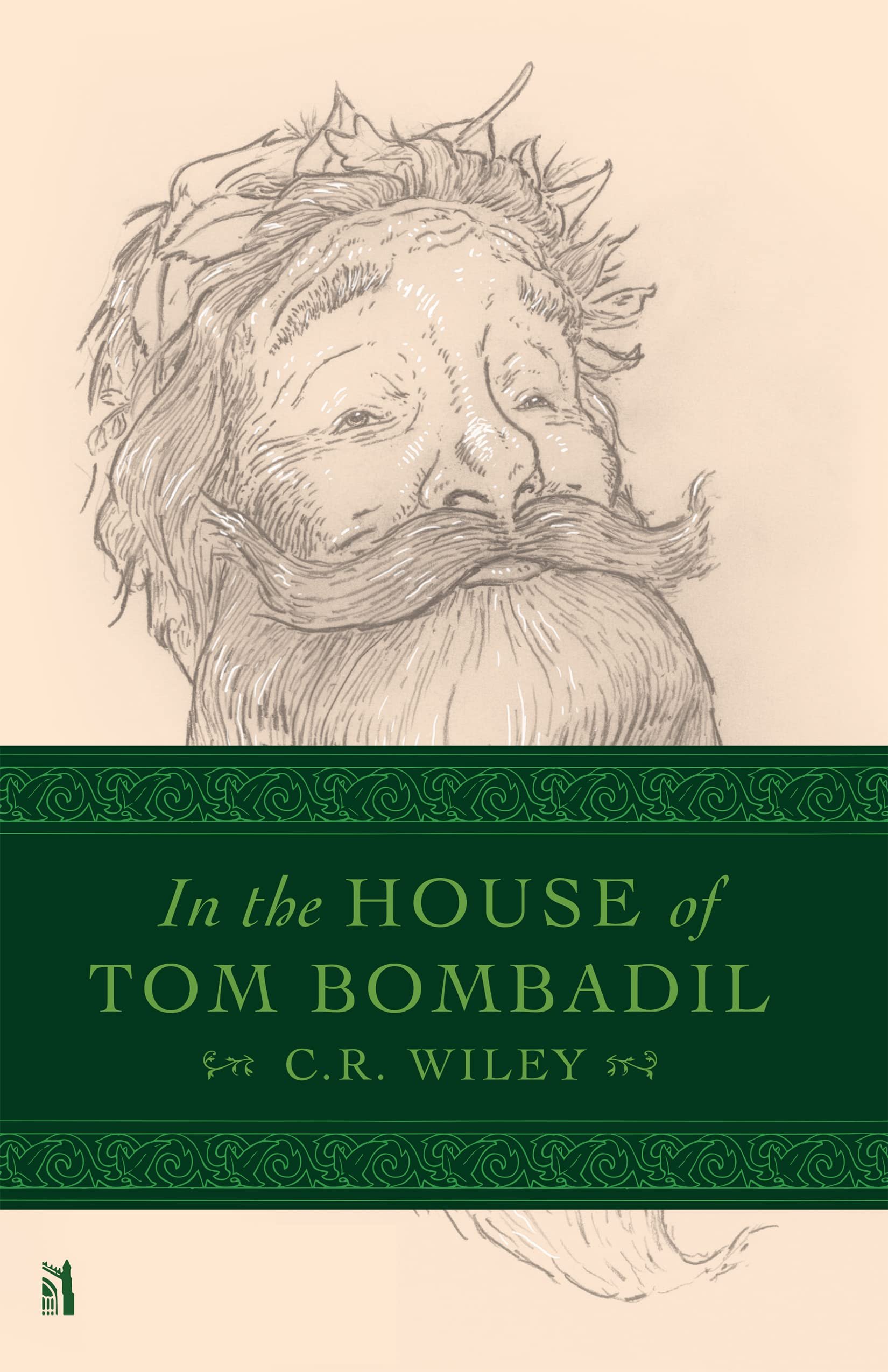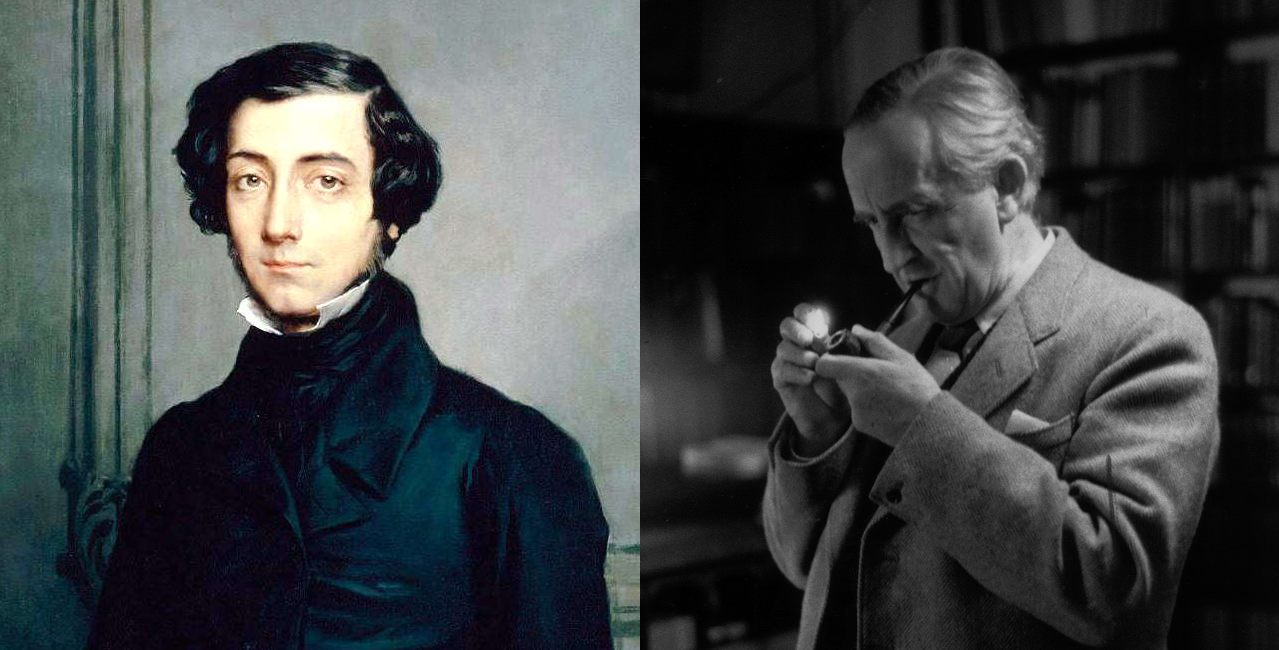Tolkien and Buchan
/JRR Tolkien (1892-1973) and John Buchan (1875-1940)—authors, scholars, men of impeccable tailoring
It is a truth universally acknowledged that JRR Tolkien loved reading John Buchan. While one could infer this from the praise of friends of Tolkien’s like CS Lewis, who loved Buchan’s thriller The Three Hostages and his historical folk-horror novel Witch Wood,* much of this assumption is down to biographer Humphrey Carpenter. From Holly Ordway’s study Tolkien’s Modern Reading: Middle-earth Beyond the Middle Ages:
Although Carpenter states that Buchan was a favorite of Tolkien’s, he gives no specifics, and hitherto critics have operated without knowledge of which particular titles Tolkien read. Such has been the influence of Carpenter that there are more scholarly analyses of Buchan’s influence than of some authors whom Tolkien himself names as sources. Indeed, Carpenter’s description of Buchan as a “favourite” has led to certain critics falling over themselves in an attempt to find connections with the legendarium[.]
Such speculations are legion. It’s hard not to love both authors and wonder about this. I’ve guessed myself that there is something of Buchan’s lesser-known hero Dickson McCunn, retired Glasgow grocer, in Tolkien’s hobbits. And here, in a post from 2016, another blogger makes some good educated guesses, for example: “I read that a good case has been made that Buchan may have influenced The Lord of the Rings, via the historical novels The Blanket of the Dark (1931, Oxfordshire under a Sauron-like tyrant)** and Midwinter (1923, a model for Strider and the Rangers), which are historical adventure novels set in olde England.”
These are likely enough, and certainly better than some of the contrived connections Ordway goes on to criticize. But the blogger linked above concludes his post by noting that some Tolkien fans who have also read Buchan don’t see obvious similarities. “Possibly,” he writes, “the academic who was making the connections was seeing things in them that a general reader would miss.”
Ordway would probably agree. Her discussion of Buchan’s influence on Tolkien centers on the second Richard Hannay novel, Greenmantle, which she argues is the only one of Buchan’s novels “that we can identify with absolute certainty as having been read by Tolkien.”
Being unable to say with certainty which Buchan books Tolkien read, any discussion of Buchan’s influence must necessarily be thematic and, secondarily, stylistic. Ordway makes a good case that several aspects of Buchan’s work must have resonated with Tolkien or harmonized with his spiritual and artistic sensibilities:
Rootedness—Settings matter not only as the places where the plot occurs but in a deeper sense. They have meaning. Buchan’s novels “are set in fully realized locations, both geographically and historically. This sense that the setting is organically connected to a particular, real place, rather than being a mere abstraction or amalgam of miscellaneous scenic elements, would have appealed to Tolkien’s appreciation for genuine love of country, his own and others’.” Not only “fully realized” but beautifully and coherently described, an understanding of their geography being necessary to the action. (Here’s Ken Follett on that point.) The parallel with Tolkien here is obvious, especially in The Lord of the Rings.
Mythopoeic adventure—Not only is an understanding of the landscape integral to understanding the characters and action in both Buchan and Tolkien, in both authors the physical world is shot through with a mythic dimension, “a broad streak of the fantastic.” For Buchan, this is especially evident in books like The Dancing Floor, The Gap in the Curtain, and especially Witch Wood, which Lewis praised highly as organically and believably introducing the supernatural into a realistic setting. Ordway cites Tom Shippey’s observation that Buchan’s “readiness to see the mythical coexisting with the everyday and to sense fairyland . . . as forever present on the margins” accords well with Tolkien’s sensibilities.
Language—In a footnote, Ordway quotes another scholar on Buchan’s “recurring use of untranslated Afrikaans” in his South African stories and novels as something that probably “caught Tolkien’s attention,” both because of Tolkien’s South African background and his personal and professional interest in linguistics. One might also mention Buchan’s background in classics, allowing him to drop Greek and Latin into his work, or—even better suited to Tolkien’s interests—his much more frequent use of Scots dialect, actual workaday speech with many archaisms, Celtic vocabulary, and relict forms of Old English words. Cf. again Witch Wood.
Moral heroism—I think this, more than anything else, is key. Buchan’s and Tolkien’s heroes operate on nearly identical wavelengths of a Christian heroic ethos, even in tough spots that tempt them with amoral, pragmatic solutions. Hannay repeatedly spares enemies who are at his mercy and who, ungratefully, often return to do him harm again. Shades of Bilbo and Gollum. And Hannay never gives in to despair. Ordway: “Hannay’s attitude . . . is never fatalistic: his response to an apparent dead end is to determine to do the best that he can, and to act morally, even if a positive outcome seems unlikely.” She goes on to an extended comparison with Théoden that is well worth reading.
Ordway does not explore this, but that final point, “heroism with purpose” even in the face of likely defeat, makes room in both writers for eucatastrophe. In Buchan this has often been criticized as an overreliance on coincidence or deus ex machina, a slight sometimes but less often successfully leveled at Tolkien.*** What it shows in both writers is a firm belief in grace and providence.
I haven’t read all of Tolkien’s Modern Reading yet but I need to get on that, since Ordway has since released another study of Tolkien through Word on Fire: Tolkien’s Faith: A Spiritual Biography. That’s going to be a must-read for me.
* All Buchan titles in this post are linked to my John Buchan June reviews here on the blog if you’re interested.
** N.B. That would be Henry VIII.
*** If Buchan and Tolkien resonate with each other in these areas, they have also been hit with strikingly similar accusations of racism, jingoism, and simplistic black-and-white morality. The most striking similarity in these criticisms is that they are all totally wrong.
























